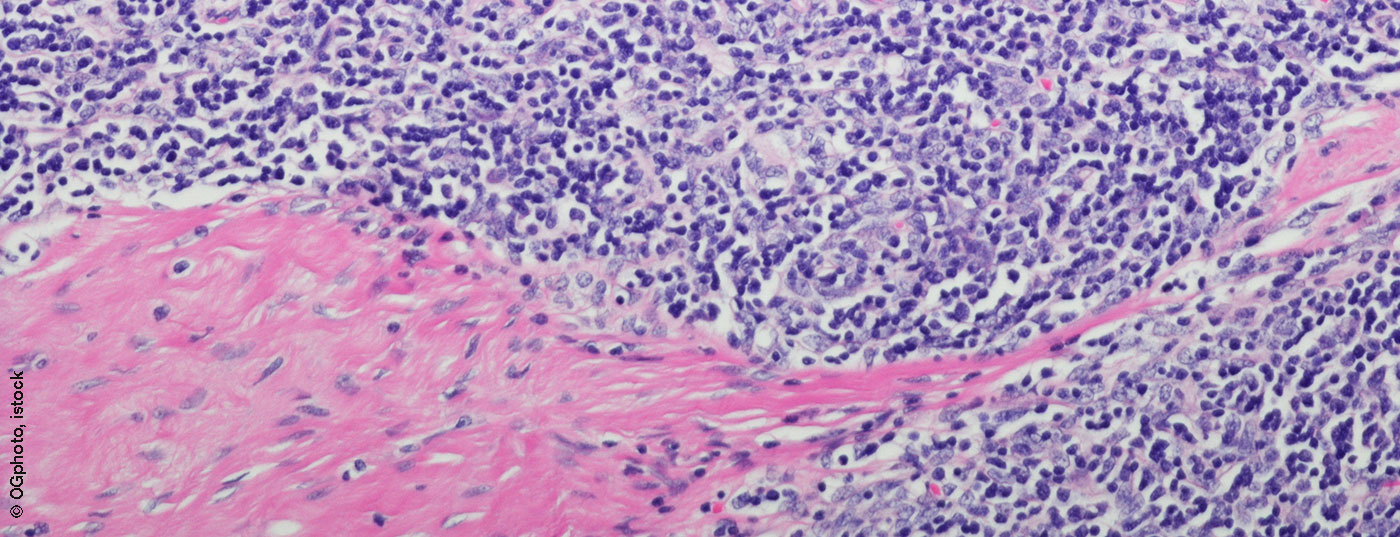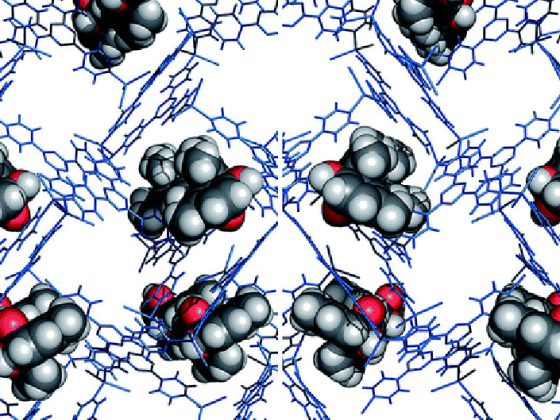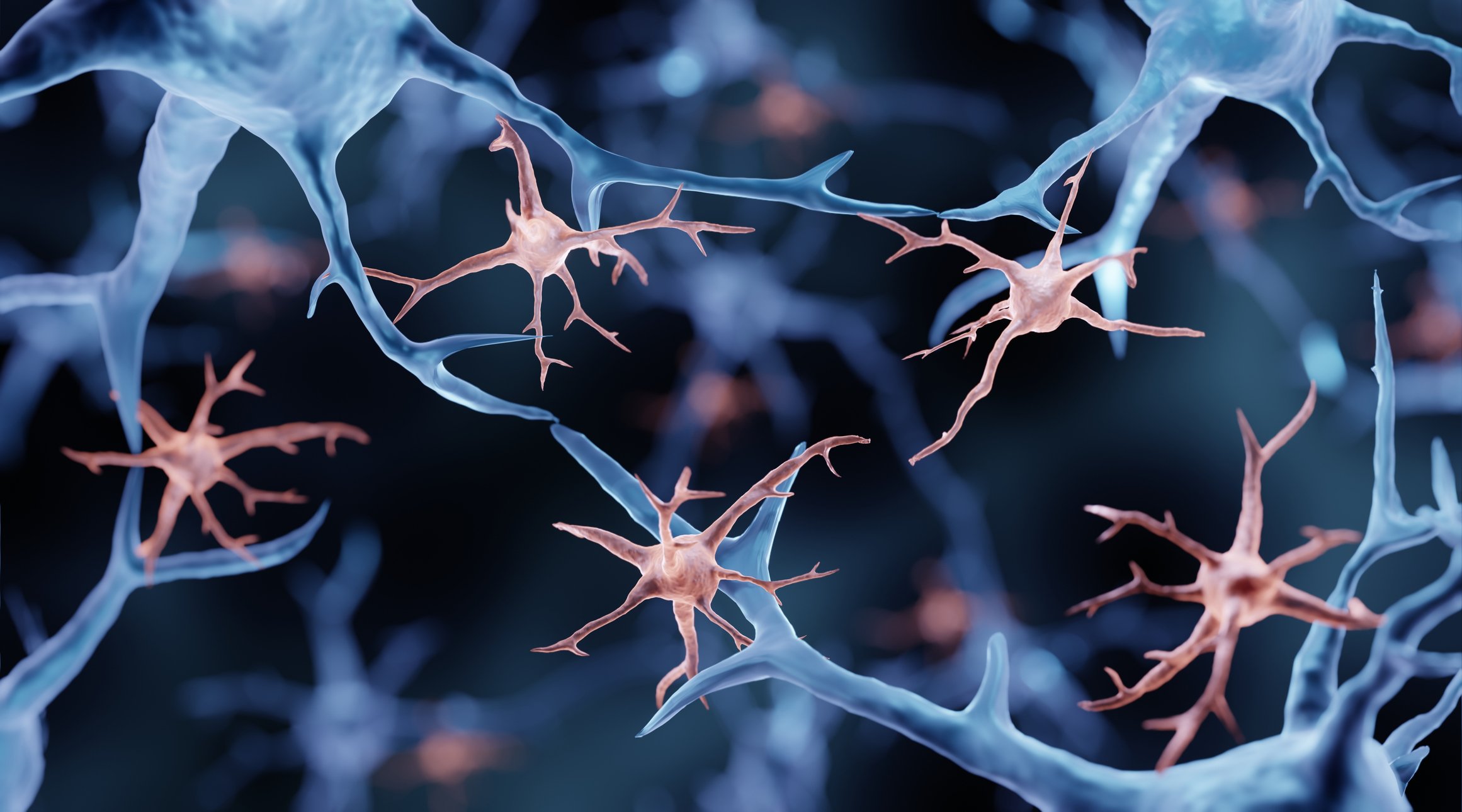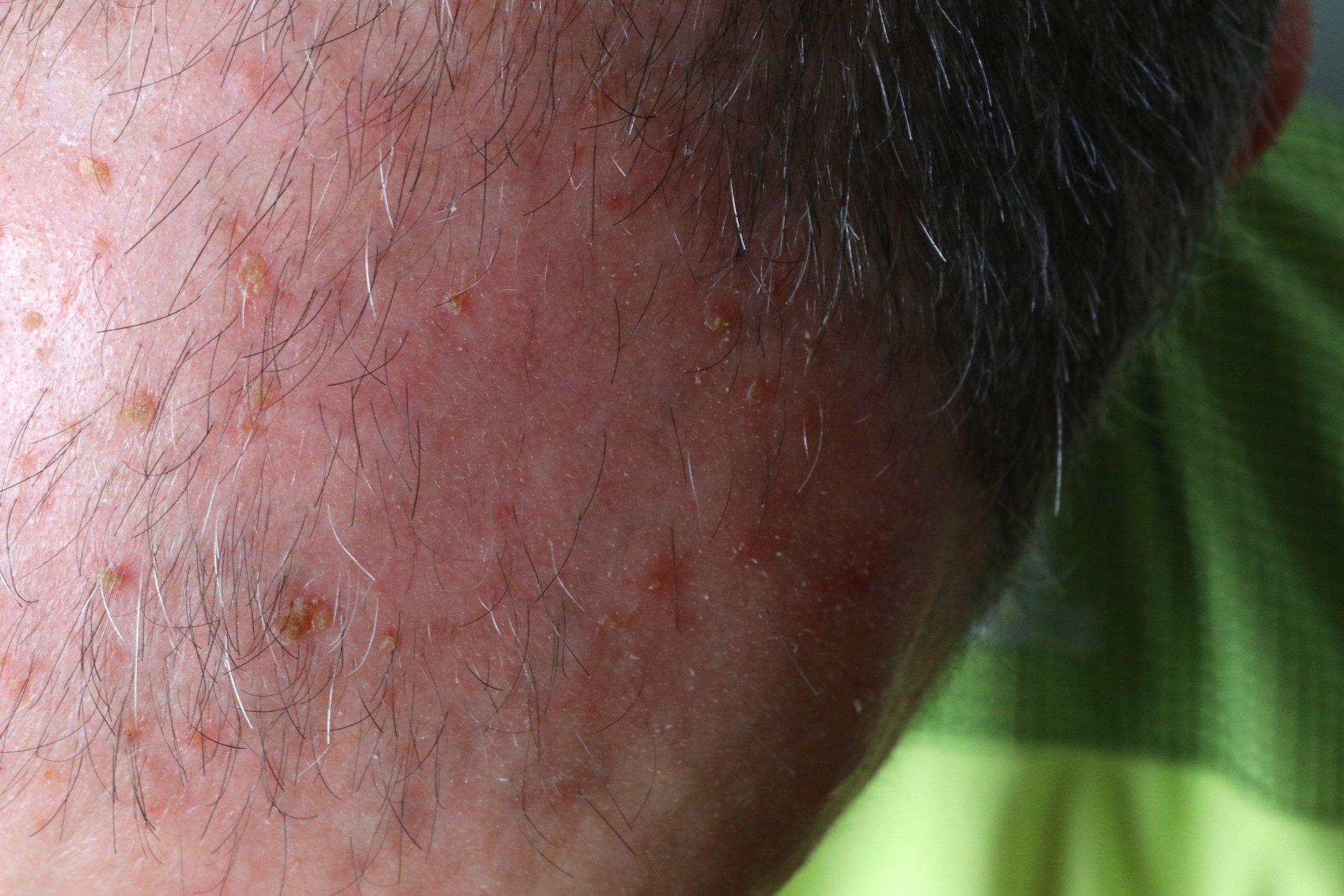Thymic tumors belong to the rarely occurring malignant diseases. Minimally invasive therapeutic procedures now allow a good prognosis.
Thymic tumors are pathologically divided into thymomas, thymic carcinomas, and neuroendocrine thymic tumors. The rare space-occupying lesions located in the anterior mediastinum can occur at any age and often do not cause symptoms. Patients with clinical symptoms predominantly complain of pressure, pain, cough or shortness of breath.
Thymomas are composed of epithelial and lymphocytic cells. However, epithelial cells are considered to be the malignant portion of both thymomas and thymic carcinomas. According to WHO classification, thymoma is divided into medullary, mixed, predominantly cortical and cortical thymoma. In 40% of patients, systemic complaints or disease patterns, such as myasthenia gravis in particular, occur.
Diagnosis by means of imaging
Imaging – especially computed tomography with contrast medium – plays a central role in diagnosis and staging. In individual cases, the decision as to how the diagnosis is confirmed histologically is also made on the basis of magnetic resonance imaging. The size and demarcation of the thymoma from neighboring structures is assessed. Ultimately, a biopsy is only performed if a malignancy is suspected.
Minimally invasive therapy
The treatment of choice for thymomas is surgical resection. If the masses can be completely removed, the prognosis is excellent. Whereas sternotomy was obligatory in the past, minimally invasive techniques such as VATS and RATS (“roboticassisted thoracoscopic surgery”) are now used. Open surgery is recommended only from stage III. Then an individualized, multimodal treatment concept with possibly neoadjuvant therapy should also be established.
Further reading:
- www.kup.at/kup/pdf/11247.pdf (last accessed on Jun 09, 2019)
- www.thorax.usz.ch/Documents/smf-02715.pdf (last accessed on Jun 09, 2019)
- www.krebsgesellschaft.de/onko-internetportal/basis-informationen-krebs/krebsarten/andere-krebsarten/thymom/definition-und-haeufigkeit.html (last accessed on Jun 09, 2019)
InFo ONCOLOGY & HEMATOLOGY 2019, 7(2-3): 40.












